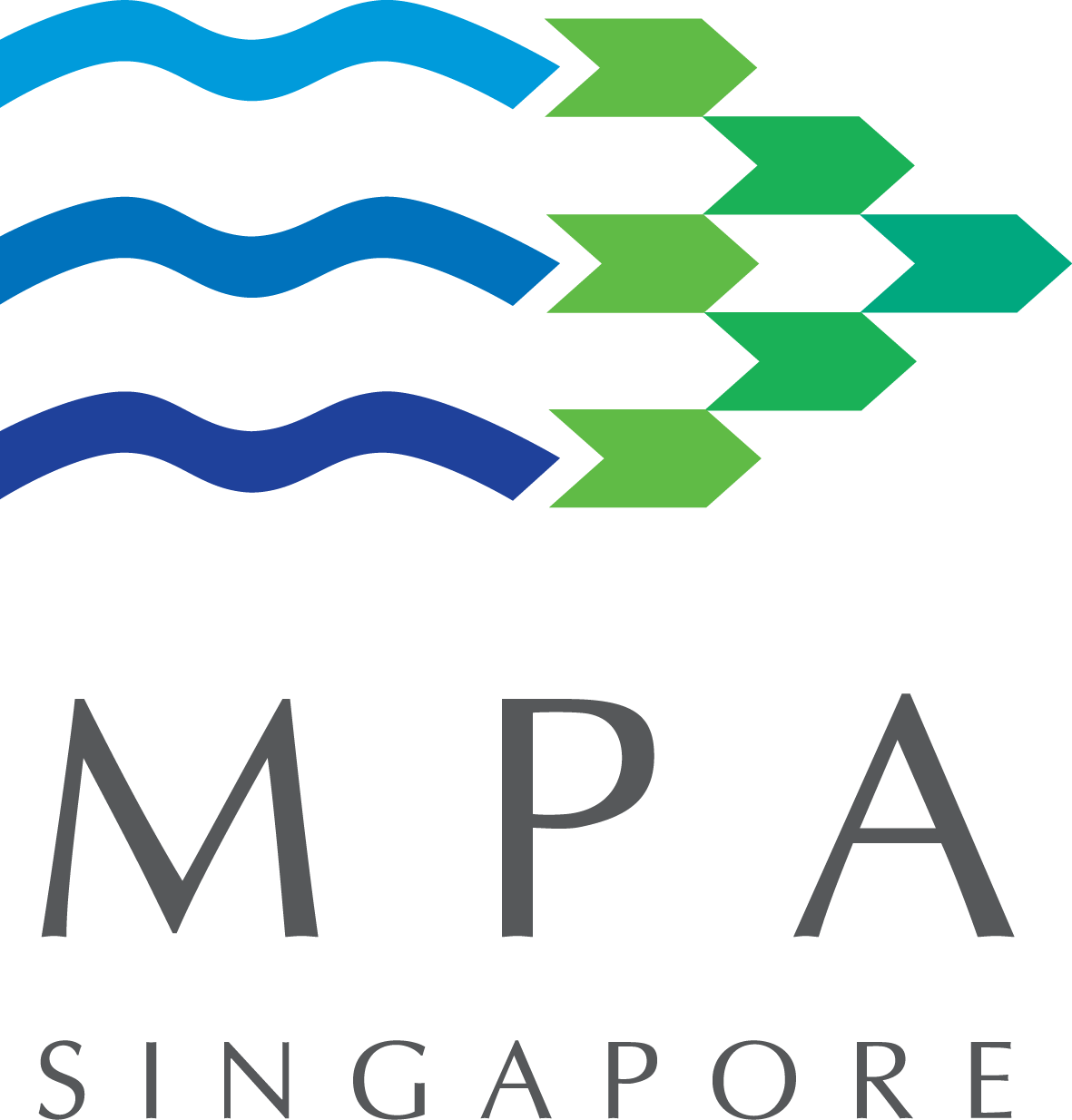SPEECH BY SENIOR MINISTER OF STATE, MINISTRY OF TRANSPORT AND MINISTRY OF HEALTH, DR LAM PIN MIN, AT FIRST CAISSON INSTALLATION COMMENCEMENT CEREMONY FOR TUAS TERMINAL PHASE TWO, 4 JULY 2019
SPEECH BY SENIOR MINISTER OF STATE, MINISTRY OF TRANSPORT AND MINISTRY OF HEALTH, DR LAM PIN MIN, AT FIRST CAISSON INSTALLATION COMMENCEMENT CEREMONY FOR TUAS TERMINAL PHASE TWO, 4 JULY 2019
1. Two months ago, we celebrated the installation of the last caisson for Tuas Terminal Phase 1 reclamation. The journey to our next generation port continues. Today, we witness the installation of the first caisson for Phase 2, or Finger 3 of the new Tuas Terminal.
Physical Development
2. Finger 3 is the largest finger. After the installation of the first caisson today, another 226 caissons will be installed over the next eight years. Close to 400 hectares of land will be reclaimed. When completed, Finger 3 will have a handling capacity of 21 million TEUs.
3. At such scale and complexity, the Phase 2 project team – consisting of engineers and other professionals from MPA, Penta-Ocean, Hyundai, Boskalis, and Surbana Jurong – had to think out of the box. For instance, to fabricate the caissons, the team used an innovative slip form jack monitoring system and prefabricated rebar modules. These innovative construction methods helped boost efficiency and productivity of the whole process. For instance, the prefabricated modules reduced the need for construction and assembly on site.
4. Looking ahead, the project team is looking to use artificial intelligence, video analytics and facial recognition to monitor the works in order to enhance safety and security. Drones may also be used to carry out aerial surveys of the reclaimed land, reducing the need for labour-intensive manual surveying works.
Developing New Capabilities
5. As we make good progress with the development of the new Tuas Terminal, we must also grow our capabilities to ensure navigational safety in our waters in tandem with expected increase in vessel arrivals. The GeoSpace-Sea initiative, which I announced last week, is one such effort.
6. Besides this, MPA will be enhancing its seaward capabilities by phasing in a fleet of next-generation patrol craft from February 2020 over the next three years. All seven new patrol crafts will be equipped with enhanced navigation, surveillance and response capabilities for search and rescue, man-overboard, oil spills and ferry incidents. MPA will also add two new patrol launches to its fleet, which are designed to make it safer for MPA’s surveyors to perform their job.
Digitalisation of the Port
7. Beyond the investment in the new patrol craft, MPA is also tapping on intelligent port systems to make the overall experience for vessels calling at Singapore better, with faster turnaround times. Singapore will be a smart port. MPA will use analytics, sense-making and machine learning to enable just-in-time operations. To be launched by the end of the year, Phase I of the Maritime Single Window will make it easier for vessels to obtain port and regulatory clearances. In the area of port call optimisation, we are developing e-Navigation Maritime Services to allow seamless information exchange among port players.
Larger Tuas Eco-System
8. The industry will also benefit from the relocation of the port to Tuas. The proximity of Tuas Terminal to the industrial hinterland and the shipyards forms a more integrated supply chain ecosystem. This could reduce logistics cost, and create new opportunities for synergistic port-industry activities. The possibilities are immense.
9. Under our larger Tuas eco-system, we are also not neglecting the need to make the new Tuas Terminal a good place to work in. MPA has worked with LTA and other agencies to ensure that transport connectivity considerations have been weaved into the Tuas Terminal master plan. Our port workers will be happy to know that we are working with PSA to provide more transport options to improve accessibility and shorten their travel time.
Conclusion
10. Let me conclude. Over the next decade, these waters we see here will be transformed into 21 fully operational container berths. Together with Finger 2, we will be more than halfway done in reaching the full capacity of Tuas Terminal. Much exciting work lies ahead. I am confident that the project team will rise up to the challenge.
11. Thank you.
